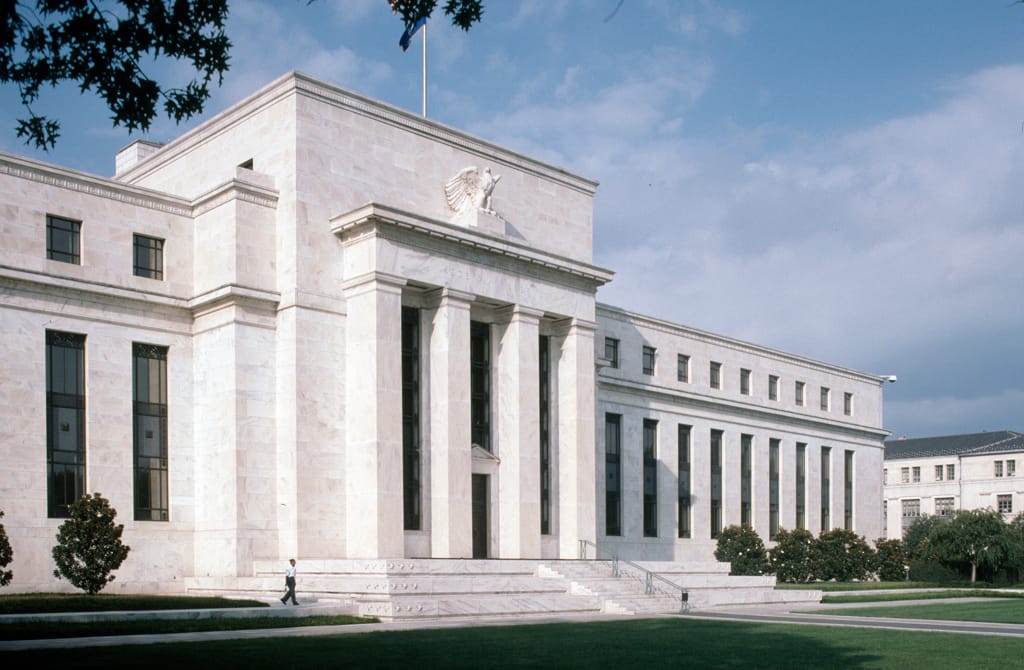In a significant legal development, the U.S. Consumer Financial Protection Bureau (CFPB) has initiated a lawsuit against Capital One Financial Corporation, alleging that the bank engaged in deceptive practices that resulted in customers being cheated out of nearly $2 billion. This lawsuit marks a critical moment in the ongoing scrutiny of financial institutions and their treatment of consumers, particularly in the wake of increasing regulatory oversight.
The CFPB’s allegations center around claims that Capital One employed misleading marketing tactics and charged customers excessive fees without proper disclosure. According to the bureau, these practices not only violated consumer protection laws but also undermined the trust that customers place in financial institutions. The lawsuit outlines a series of incidents where customers were reportedly misled about the terms and conditions of their credit card accounts, leading to unexpected charges and fees.
One of the primary concerns raised by the CFPB is the bank’s handling of promotional offers. The bureau alleges that Capital One failed to adequately inform customers about the potential costs associated with these offers, which often resulted in higher-than-expected fees. For instance, customers who signed up for promotional interest rates were reportedly not made aware of the conditions that could lead to increased charges, such as late payments or exceeding credit limits. This lack of transparency is at the heart of the CFPB’s case against the bank.
In addition to the misleading marketing practices, the CFPB’s lawsuit also highlights issues related to the bank’s customer service. The bureau claims that Capital One did not provide adequate support to customers who sought assistance with their accounts. Many customers reported difficulties in resolving disputes over fees and charges, which further exacerbated their financial burdens. The CFPB argues that this lack of support is indicative of a broader pattern of neglect towards consumer rights.
The financial impact of these alleged practices is substantial. The CFPB estimates that the total amount of money affected customers lost due to Capital One’s actions could reach $2 billion. This figure underscores the seriousness of the allegations and the potential consequences for the bank if the lawsuit is successful. The CFPB is seeking not only restitution for affected customers but also penalties against Capital One for its alleged violations of consumer protection laws.
Capital One has responded to the lawsuit, stating that it intends to vigorously defend itself against the allegations. The bank has emphasized its commitment to transparency and customer service, asserting that it has taken steps to improve its practices in recent years. However, the CFPB’s lawsuit raises questions about the effectiveness of these measures and whether they are sufficient to address the concerns raised by consumers.
The legal action against Capital One is part of a broader trend of increased regulatory scrutiny of financial institutions. In recent years, the CFPB has ramped up its enforcement efforts, targeting banks and other financial entities that engage in practices deemed harmful to consumers. This heightened scrutiny reflects a growing recognition of the need to protect consumers in an increasingly complex financial landscape.
As the lawsuit unfolds, it will likely draw attention from both consumers and industry observers. The outcome could have significant implications for Capital One and the broader banking sector. If the CFPB is successful in its case, it may set a precedent for how financial institutions are held accountable for their practices, potentially leading to more stringent regulations and oversight.
In conclusion, the lawsuit filed by the CFPB against Capital One highlights serious allegations of consumer fraud and deceptive practices. As the case progresses, it will be essential to monitor its developments and the potential ramifications for both the bank and its customers. The outcome may not only impact Capital One’s operations but also serve as a warning to other financial institutions about the importance of transparency and ethical practices in their dealings with consumers.


